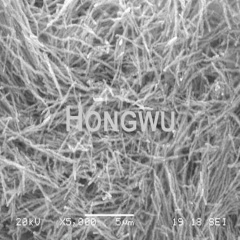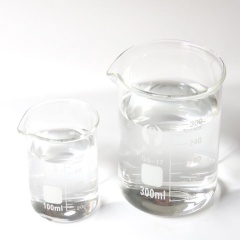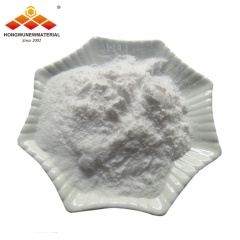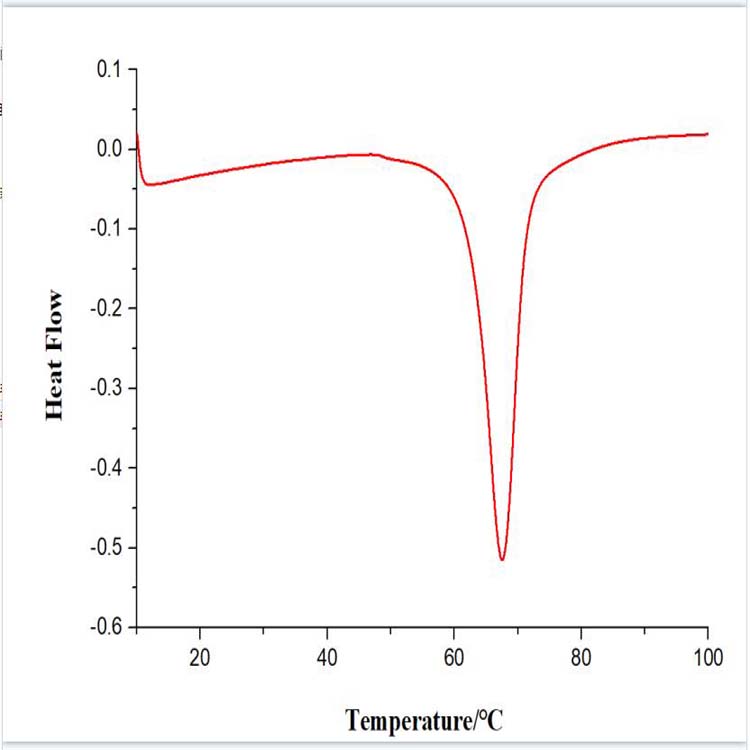Smart windows will become a reality! US researchers developed new technology of vanadium dioxide nanoparticles
About 30% of the used energy in construction in the United States each year is lost due to the low energy efficiency of window materials. Such energy loss cause about 42 billion US dollars loss per year.
In this regard, if the US Department of Energy (DOE) Argonne National Laboratory can commercialize a new patented process for the synthesis of vanadium dioxide nanoparticles to create energy efficient and economical“smart window”, the issue of high energy consumption may begin to change.
The Argonne National Experiment has applied for a patent for a new process for the synthesis of vanadium dioxide nanoparticles, which makes the manufacture of energy-efficient “smart windows” more economical.
Li Jie, a chemical engineer at Argonne National Laboratory, said: “We need to develop a continuous process to quickly produce this nanoparticle in an economical way and bring it to market quickly.” Previously, Li and his colleagues at Argonne National Laboratory received a US patent license for the process.
Thermochromic smart windows automatically absorb infrared energy during the winter to keep the building warm and keep the building cool by blocking infrared energy during the summer. Moreover, Li also indicates that the nanoparticle-based vanadium dioxide film has a solar modulation value about twice that of the ordinary film. Among them, the so-called solar modulation is actually the amount of solar energy that can be controlled by vanadium dioxide materials at low and high temperatures. In addition, vanadium dioxide nano has a switch-like fastness, that is, it can be completed in micro or nanoseconds from blocking infrared rays to penetrating infrared rays.
Ralph Muehleisen, head of the architectural science project at Argonne National Laboratory, said that thermochromic technology has attracted industry interest, but because of its high cost and limited performance, it is only used in some products. The key issue is that nano-forms of vanadium dioxide are the best materials for smart windows, however, to date, no one has known how to produce vanadium dioxide nanoparticles at a sufficiently low cost to support commercialization.
Muehleisen said: "The use of nanoparticles increases the performance of materials, and the continuous flow process we invented reduces the cost of manufacturing them, so this technology is very meaningful to window manufacturers. However, perhaps more important, the manufacturing process we invented is itself suitable for a variety of other materials that require nanoparticle fabrication."
Conventional thermochromic films contain ordered vanadium dioxide materials that have a much higher reaction temperature than the doped nanoparticle materials. Traditional windows must reach 154 degrees Fahrenheit (68 ° C) to begin blocking infrared heat. The window containing tungsten vanadium dioxide nanoparticles reached this critical transition temperature at 77 degrees Fahrenheit (25 ° C).
Unlike traditional windows, this nanoparticle-containing window does not require coloring to improve energy efficiency. In addition, Muehleisen estimates that Argonne National Laboratory's continuous flow processing technology can make nanoparticle manufacturing costs at least five times lower than the traditional methods.
According to LC's NanoMarkets, the smart window market was worth $1 billion in 2014 and is expected to reach nearly $3 billion by 2021. The existing energy-saving window technology is low in efficiency, high in cost, and some even have both. According to data from Lux Research, a consulting firm that conducts independent research on emerging technologies, by 20 degrees, thermochromic windows can account for two-thirds of the market.
To further develop the vanadium dioxide thermochromic technology, Li and Muehleisen attempted to reduce their particle size from 100 nm to 15 or 20 nm. At this smaller particle size, 3000 to 4000 nanoparticles are equivalent to the diameter of a human hair. This has two main advantages over larger particles compared to larger particles. First, they scatter less light, making the window film more transparent; second, they will better adjust the infrared heat, which is more energy efficient.
Vanadium dioxide nanoparticles can also be used as a detection technique in defense, and their main role is to interfere with the infrared beam used to measure room vibration. At the same time, with further research and development, this material may also provide laser weapon protection for aircraft and other vehicles.
Materials scientists, process engineers, energy scientists and construction scientists from Argonne National Laboratory and a team of commercialization experts from the University of Chicago have jointly developed vanadium dioxide nanoparticle technology with the support of relatively young construction projects in the laboratory.
“I want to expand the construction plan to work more closely with our discovery science team,” Muehleisen said. “There is a need to better understand the basic physics and chemistry of materials used in architectural design. We need to break the routine to achieve adaptability/dynamics, better performance, lower manufacturing costs, and less environmental impact. Next generation materials."


 English
English français
français Deutsch
Deutsch русский
русский italiano
italiano español
español português
português 日本語
日本語 한국의
한국의 Türkçe
Türkçe
















 8620-87226359,8620-87748917
8620-87226359,8620-87748917

